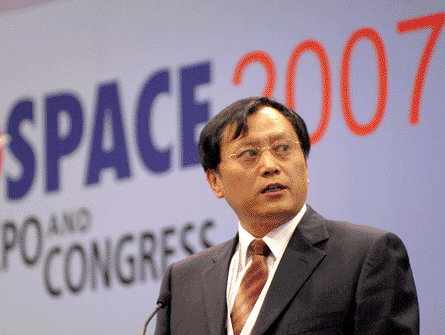The two fastest growing aviation markets must improve their airport infrastructure to avoid a ‘damaging’ bottleneck to growth according the heads of
Shao Dojie, deputy director general, airport department of the Civil Aviation Authority of China (CAAC), told delegates that while the mainland was in the midst of its “peak period of growth” in developing infrastructure, only 62% of the population was within a 90-minute drive of the nearest airport, most of the airports required further development, and many were losing money.
“Over the past 20 years of development, total throughput of passengers has risen by around 17% per year,” says Shao. “
However, Shao admits that there are a number of key challenges to keeping pace with this growth. A staggering 37 regional airports are currently losing money due to under-utilisation. “Many airports which have a capacity of between 1m-10m passengers per annum only achieve 34% of passenger numbers. Too many airports find it difficult to survive on their own without government subsidies, but as many are located in remote areas where ground transport isn’t convenient, investment is a priority. Now, we are subsidising them between $10m and $20m to stay open, but as our economy develops, we hope they will become self-supporting enterprises.”
Other major challenges faced by CAAC include 60 airports currently operating at saturation point, with many more predicted to reach their limit of passenger handling by 2015. This, he says, points to an “imbalance” between the east and west of the country with either too much, or too little capacity and not enough interconnectivity between the two regions.
“Many passengers are already complaining of overcrowding, and as a result we must rationalise our services,” says Shao. “We have 73 new airports under construction and there are 134 preliminary projects underway to attempt to deal with this issue. But there is a complexity in creating different solutions to suit both large-scale airports and smaller operations. To do so, we must work with international partners to implement advanced traffic control systems and a Safety Management System that is inline with the most stringent international standards.”
Dr K Ramalingam, regional executive director, southern region of the Civil Airports Authority of India, says the developmental hurdles for the world’s second most populous nation are similar. “There are infrastructure investment opportunities across
In his presentation to the Congress, Ramalingam says there are 127 airports at present with plans to identify 35 non-metro airports. However, domestic traffic grew by an astonishing 33% last year, with overall passenger throughput to reach 100 million in 2007.
This poses issues as to how infrastructure keeps pace. Conservative estimates, according to Ramalingam, are for passenger traffic to grow by 5% per year for the next five years and cargo to increase by 20% per year over the same period. This will require a host of investment initiatives. “In addition to the new airports, existing facilities and infrastructure required includes longer runways, additional taxi ways, training for new pilots, ground crew and MRO technicians, implementation of advanced lighting and increased airspace capacity,” he says.
Approximately 100m jobs are directly supported by the aviation industry in
Anthony Concil, director of corporate communications of industry body IATA, says that

Asian Aerospace homepage
Source: Flight Daily News























